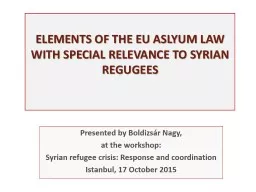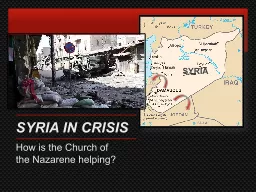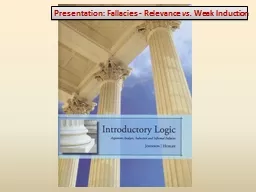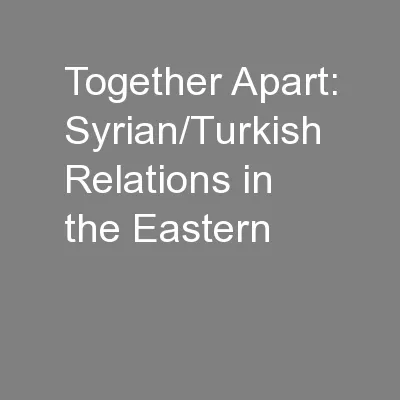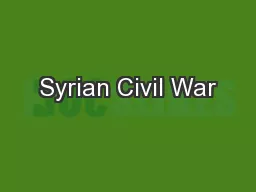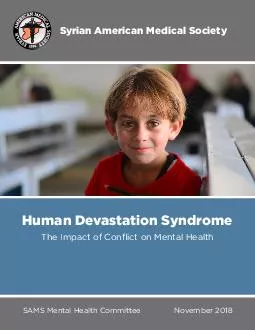PPT-ELEMENTS OF THE EU ASLYUM LAW WITH SPECIAL RELEVANCE TO SYRIAN REGUGEES
Author : marina-yarberry | Published Date : 2018-03-07
Presented by Boldizsár Nagy at the workshop Syrian refugee crisis Response and coordination Istanbul 17 October 2015 Three levels of regulation International law
Presentation Embed Code
Download Presentation
Download Presentation The PPT/PDF document "ELEMENTS OF THE EU ASLYUM LAW WITH SPECI..." is the property of its rightful owner. Permission is granted to download and print the materials on this website for personal, non-commercial use only, and to display it on your personal computer provided you do not modify the materials and that you retain all copyright notices contained in the materials. By downloading content from our website, you accept the terms of this agreement.
ELEMENTS OF THE EU ASLYUM LAW WITH SPECIAL RELEVANCE TO SYRIAN REGUGEES: Transcript
Download Rules Of Document
"ELEMENTS OF THE EU ASLYUM LAW WITH SPECIAL RELEVANCE TO SYRIAN REGUGEES"The content belongs to its owner. You may download and print it for personal use, without modification, and keep all copyright notices. By downloading, you agree to these terms.
Related Documents

